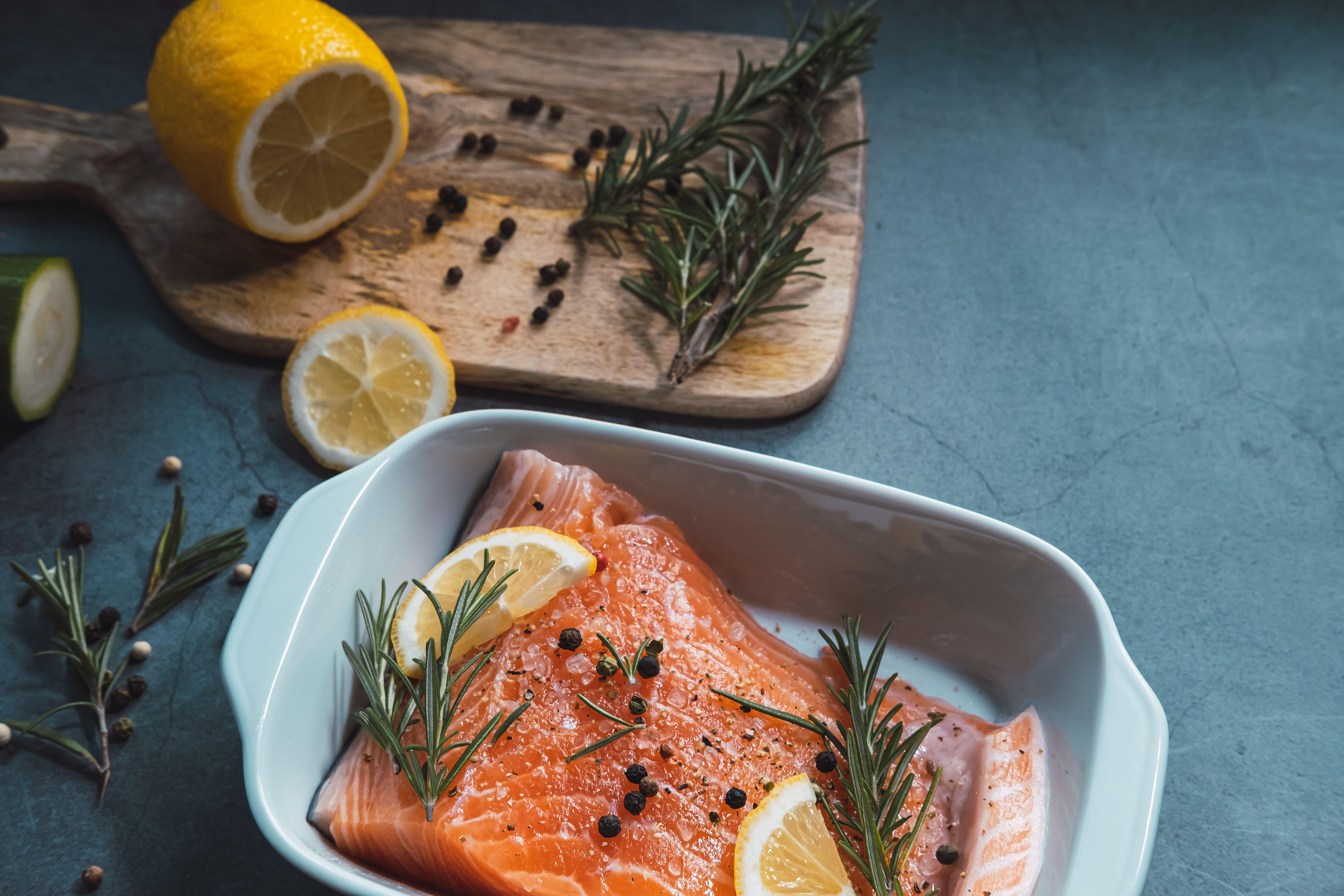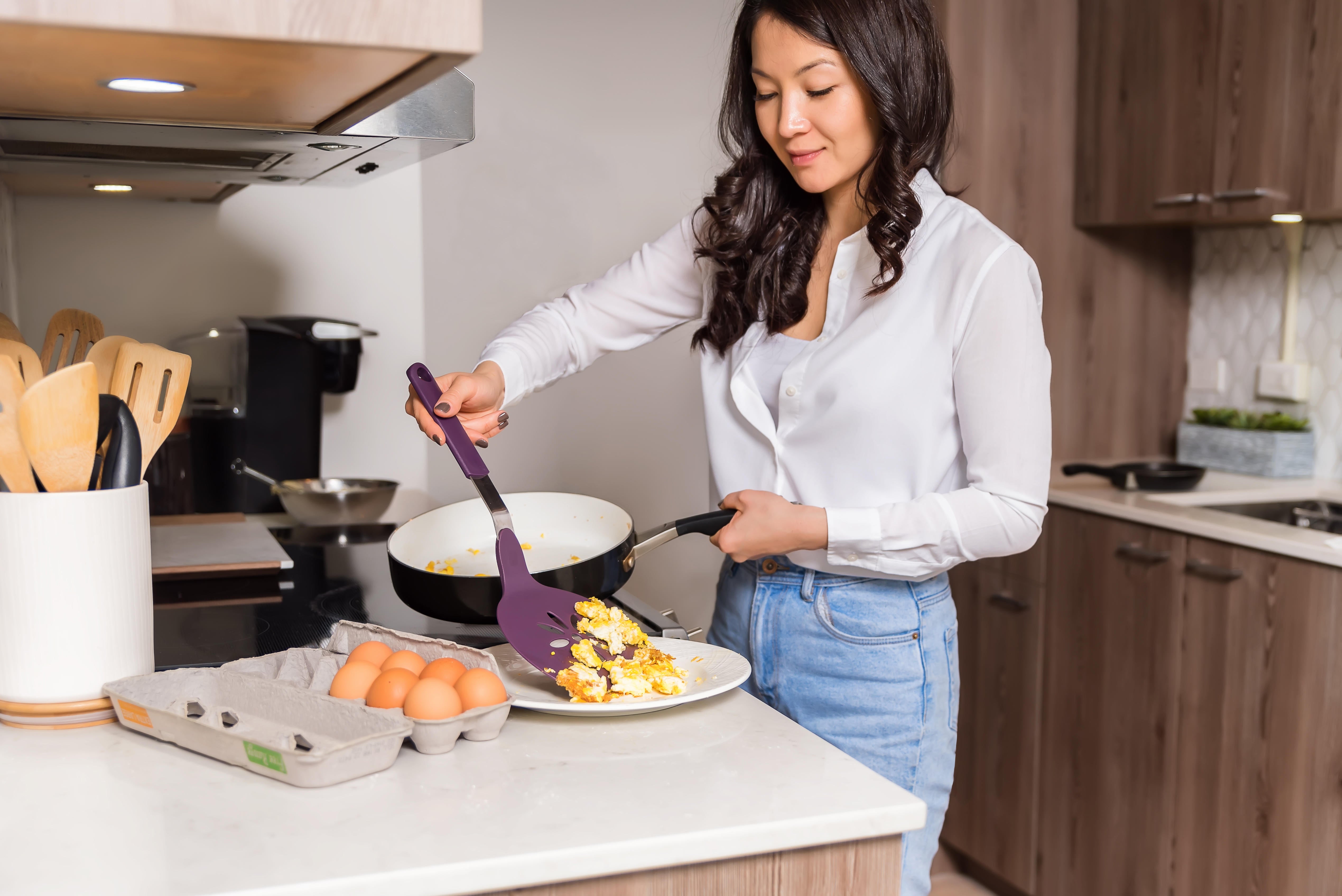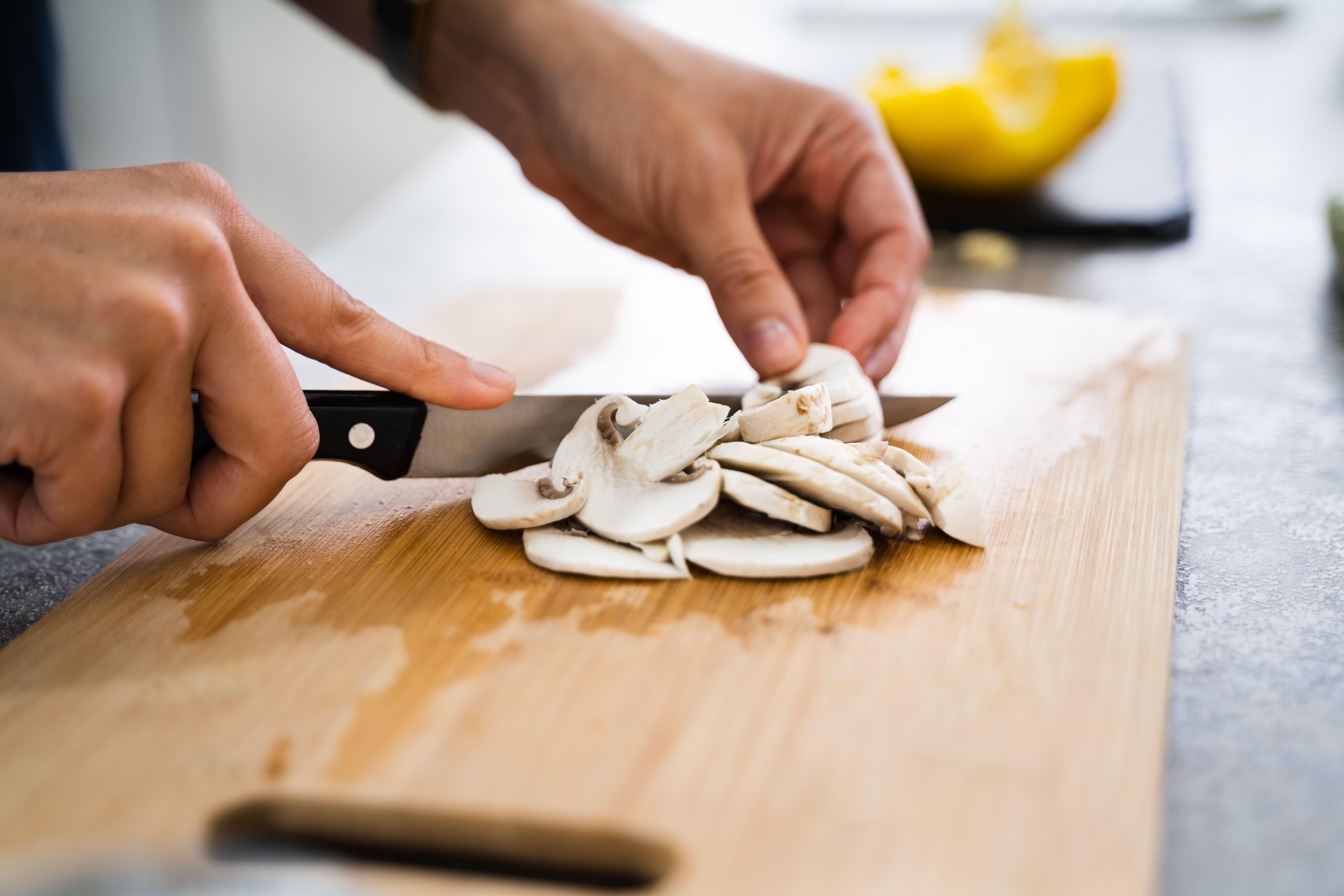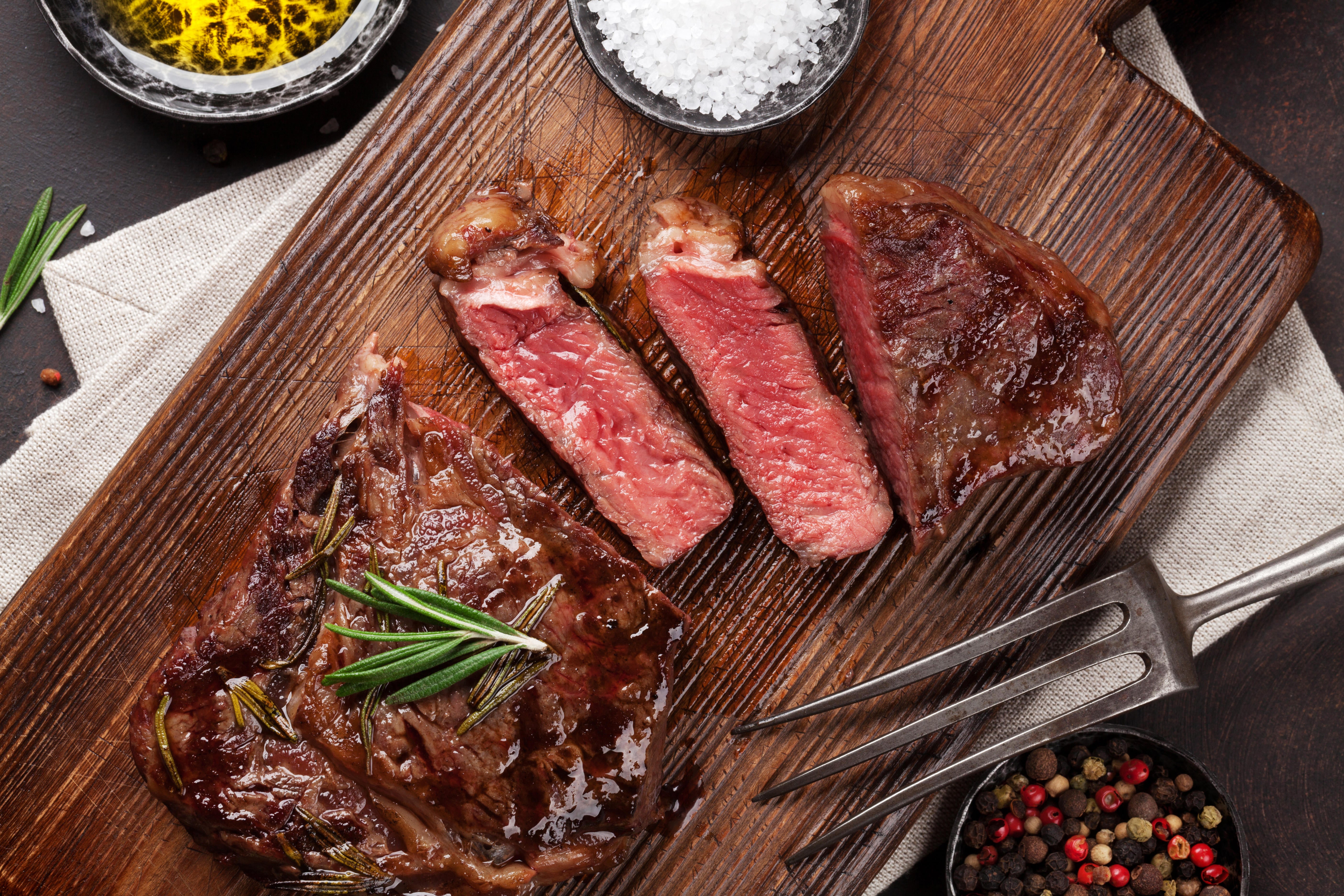The best way to get vitamin D in your diet, according to experts
But why is vitamin D so important for our bone health, and what foods can we find it in?

Your support helps us to tell the story
From reproductive rights to climate change to Big Tech, The Independent is on the ground when the story is developing. Whether it's investigating the financials of Elon Musk's pro-Trump PAC or producing our latest documentary, 'The A Word', which shines a light on the American women fighting for reproductive rights, we know how important it is to parse out the facts from the messaging.
At such a critical moment in US history, we need reporters on the ground. Your donation allows us to keep sending journalists to speak to both sides of the story.
The Independent is trusted by Americans across the entire political spectrum. And unlike many other quality news outlets, we choose not to lock Americans out of our reporting and analysis with paywalls. We believe quality journalism should be available to everyone, paid for by those who can afford it.
Your support makes all the difference.Researchers found that children whose mothers took extra vitamin D supplements during pregnancy had stronger bones at the age of seven.
Bone density scans of more than 1,000 children showed that the children whose mothers took the vitamin D supplements had more calcium and more minerals (making them stronger and less likely to break) in their bones compared to the group whose mothers who took a placebo tablet instead.
The study was led by the University of Southampton and University Hospital Southampton, and was published in The American Journal of Clinical Nutrition.
Why is vitamin D so important for our bone health?
“Vitamin D is critical for bone health,” says Rosie Carr, dietitian at healthy eating plan Second Nature. “It helps our bones absorb calcium to support the bone remodelling process, which is how our bones regenerate and create new tissue.
“Calcium provides the building blocks our bones need to grow and maintain their density and strength.”
What bone issues can a vitamin D deficiency lead to?

“The most common sign of a vitamin D deficiency would be aches in the muscles and bones,” highlights Dr Claire Gorman, consultant rheumatologist at Nuffield Health.”If vitamin D is very low and has been for a long period of time, you may start to get weakness in your muscles (e.g, thigh muscles) and this may cause difficulty walking.”
It can also lead to osteoporosis.
“Osteoporosis is a condition of very low bone density, which causes bones to become brittle and weak, increasing the risk of fracture,” explains Carr.
“It is typically associated with older adults, but it can be a risk at all ages if we don’t eat a balanced diet sufficient in vitamin D and calcium and exercise regularly.”
In some rare cases, a vitamin deficiency in childhood can lead to rickets.
“Rickets is characterised by the softening and weakening of bones and leads to skeletal deformities (like bowed legs) and developmental issues,” warns Carr.
Who is most likely to have a vitamin D deficiency?
“It’s typically associated with older adults as we tend to become less physically active and get outside less,” says Carr. “Our appetite also decreases with age, reducing the opportunity to get sufficient calories, protein, and minerals to support bone health.”
However, people of all ages can develop vitamin deficiencies.
“Deficiency can occur at any age if we don’t get sufficient sun exposure, eat a healthy diet or exercise regularly,” highlights Carr.
Here are five foods to incorporate into your diet which are good sources of vitamin D…
Eggs

“Eggs are a good source of vitamin D and protein,” says Carr. “Try one of Second Nature’s popular egg recipes for an easy breakfast, lunch or dinner.”
Mushrooms

“Mushrooms are a rich source of vitamin D,” says Jenna Hope, registered nutritionist and author of How To Stay Healthy. “If you leave your mushrooms on the windowsill with direct exposure to sunlight they can synthesise their own vitamin D too.
“This means they can contain more vitamin D by the time you come to eat them than when you bought them.”
Adding mushrooms to a hearty soup is a great way to warm yourself up while getting your vitamin D fix.
“At this time of year a creamy mushroom soup is the perfect lunchtime pick-me-up,” says Hope. “I recommend adding some beans or Greek yoghurt into the soup for a hit of protein too.”
Red meat

“For those whose diets will allow it, red meat, offal and liver can provide additional vitamin D,” says Emma Thornton, qualified nutritionist at A.Vogel. “One 25g steak, for example, contains around 15 IU of vitamin D, whilst 100g of braised beef ribs contains approximately 27IU.”
Salmon
“Salmon and other oily fish are good sources of vitamin D and are rich in protein, which will also support our bone health,” explains Carr. “Try Second Nature’s salmon and cajun salsa recipe for a quick lunch or dinner.
“Alternatively, smoked salmon with a quick salad dressed in olive oil is a perfect way to boost vitamin D and protein levels without cooking.”
Products fortified with vitamin D
“The likes of butter, some fruit juice and some cereals are now fortified with vitamin D to help keep levels topped up,” says Thornton. “In 2011, for example, one of the UK’s best-known cereal producers, Kellogg’s, announced that they were fortifying cereals with extra vitamin D.”